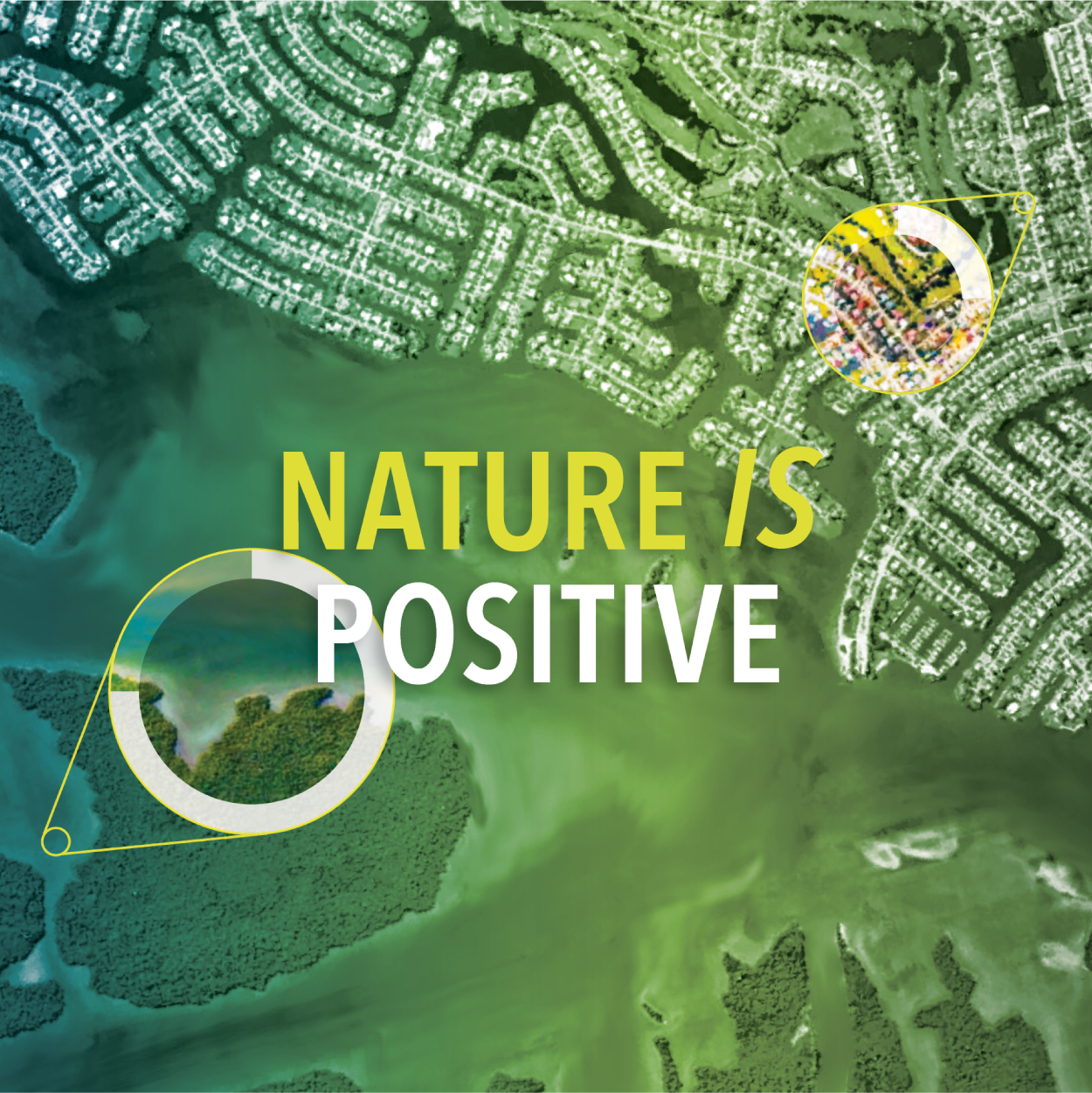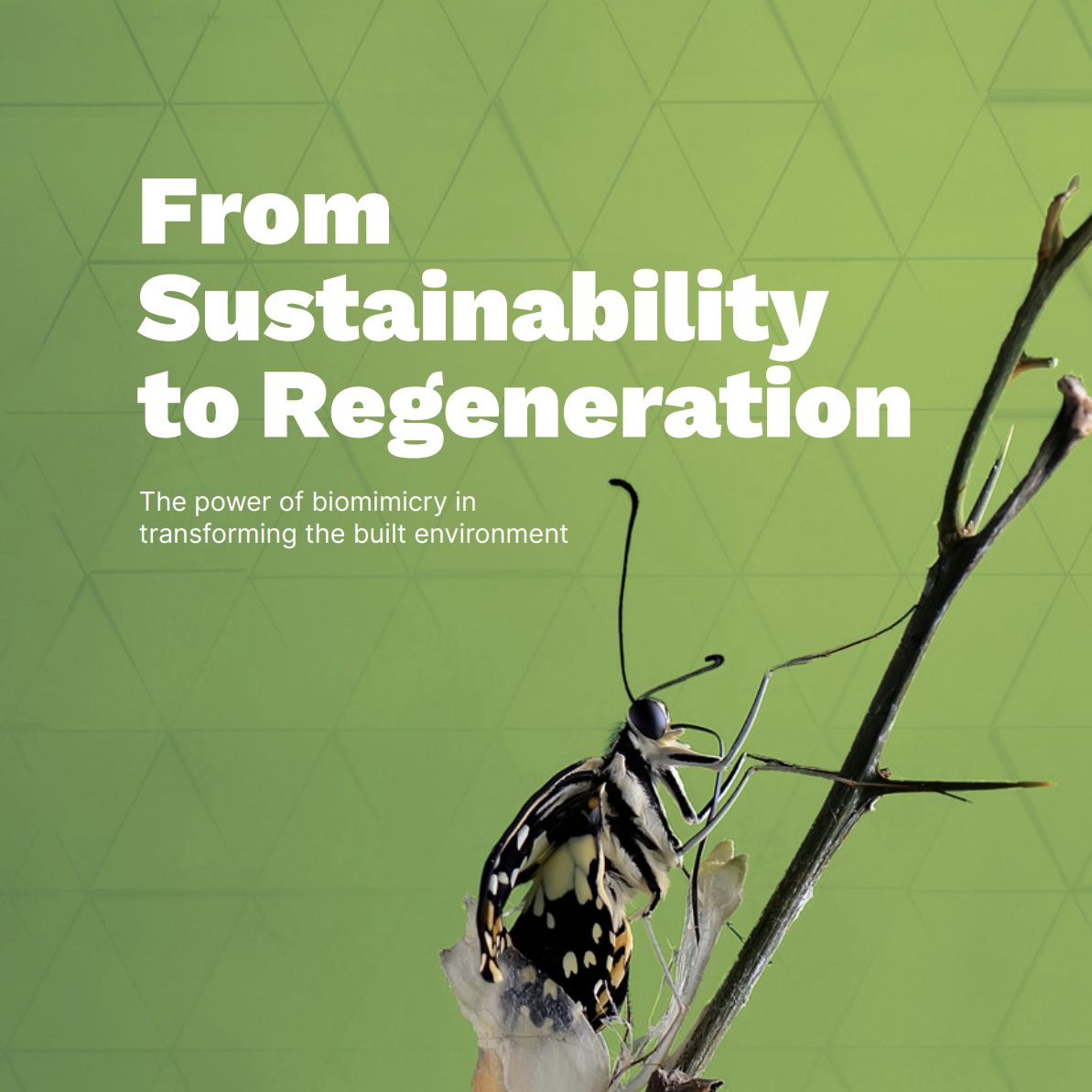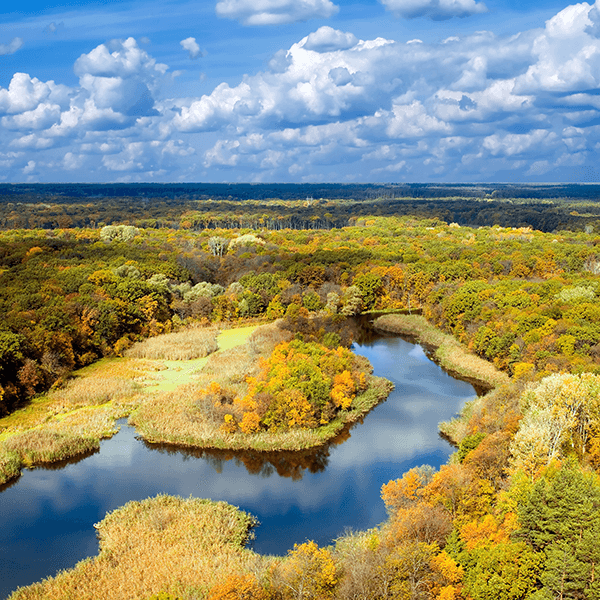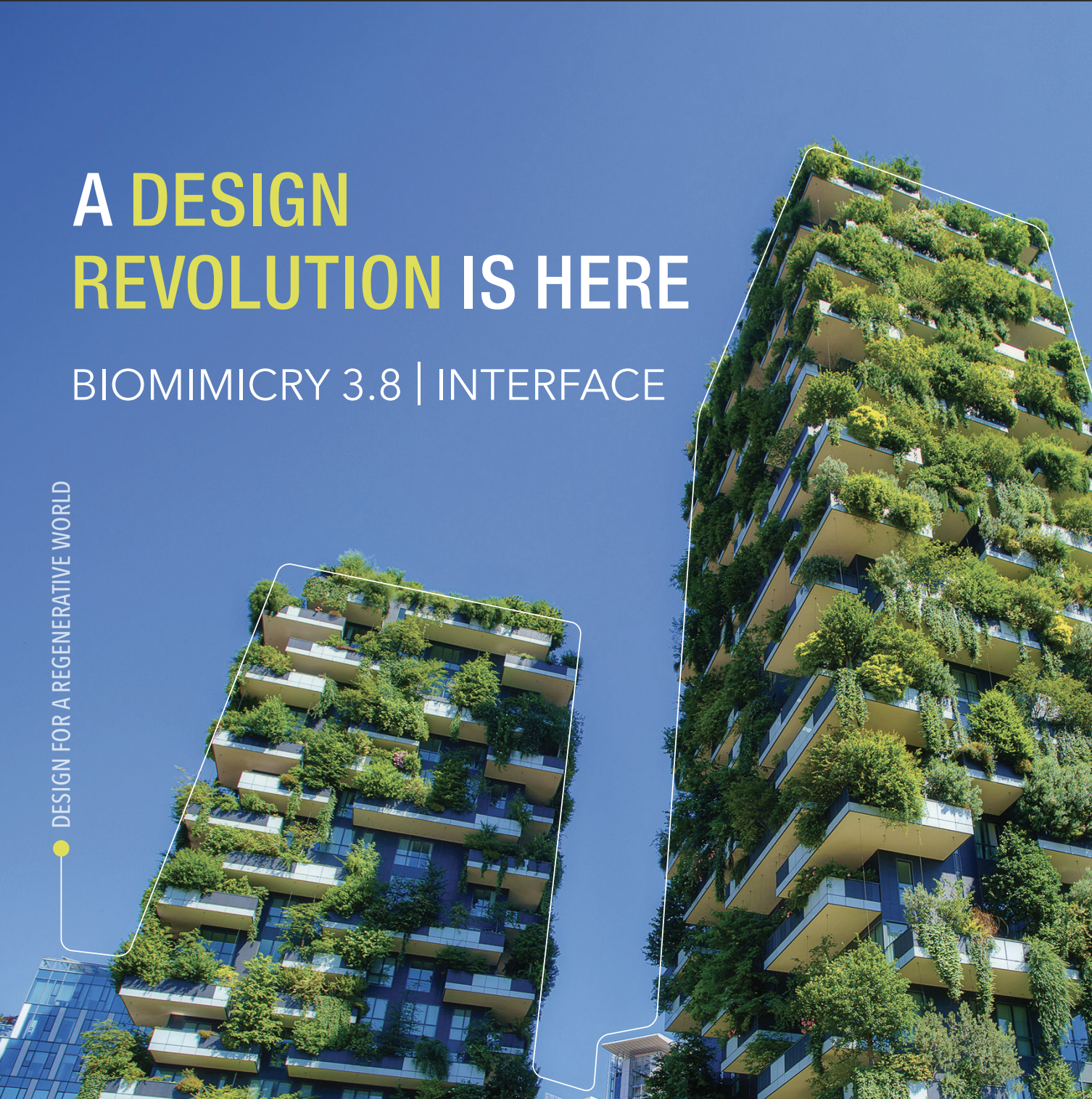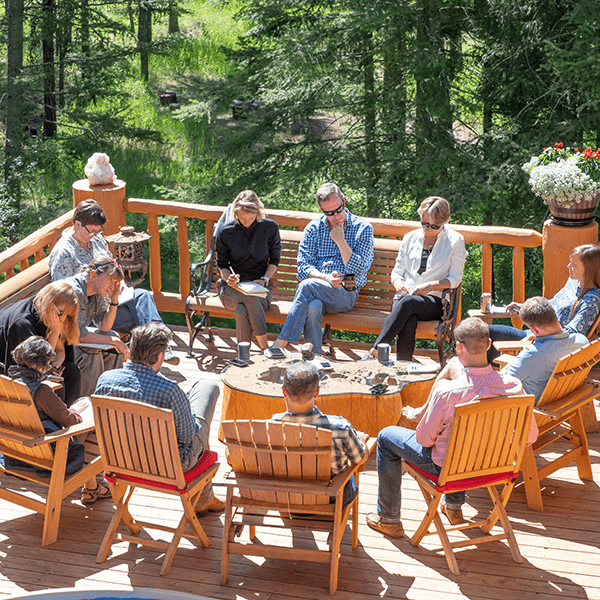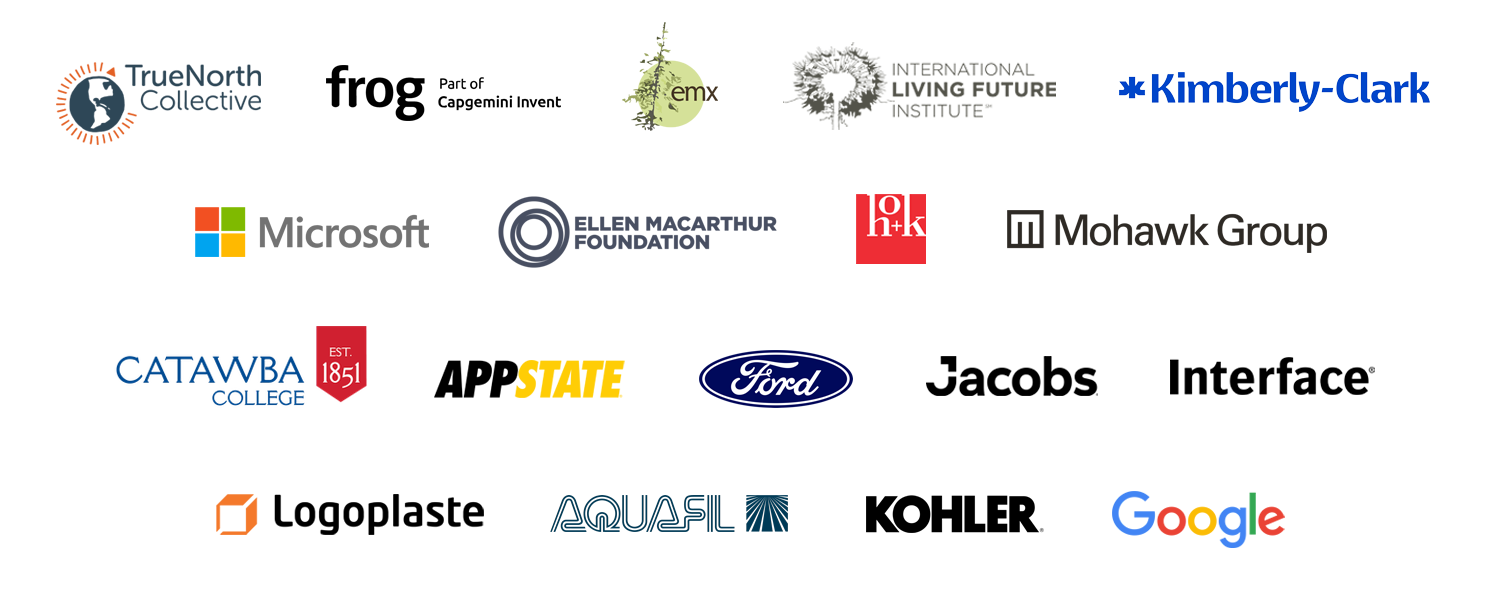Regenerative Design Informed by Nature for a Thriving World
Project Positive is a group of change agents dedicated to raising the bar on what acting sustainably means—driven by a sense of urgency to move beyond arbitrary reduction goals, to science-based targets and actions that are actually generous to the ecosystems, employees, and communities in which we operate.
The work of Project Positive builds on the vision of our co-founder, Janine Benyus—“when a city [or manufacturing site] is functionally indistinguishable from the forest or wildlands next door, we’ve reached true sustainability”. To be “functionally indistinguishable” requires that we design and create spaces that perform as well as an existing local healthy ecosystem.
